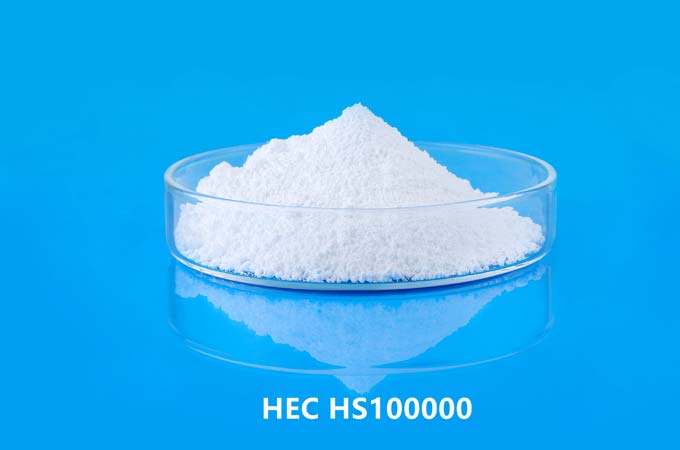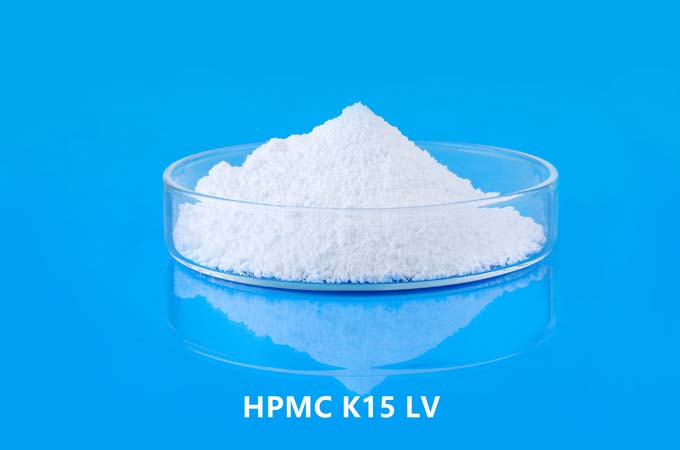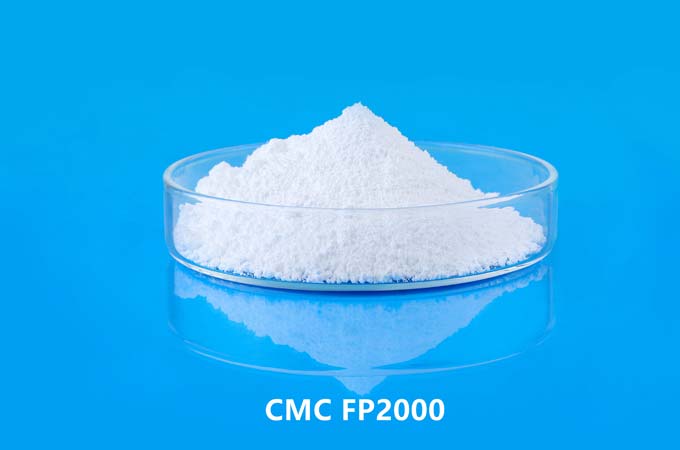Introduction
In the construction industry, the durability and longevity of structures heavily rely on the quality of cement-based materials. Adhesion and bonding strength are critical properties that influence the performance of these materials. Recent advancements have highlighted the role of additives in enhancing these properties. One such additive is Hydroxypropyl Methylcellulose (HPMC), a non-ionic cellulose ether that significantly improves the performance of cement-based materials.
The Role of Adhesion and Bonding Strength in Cement-Based Materials
Adhesion refers to the ability of a material to bond to a substrate, while bonding strength indicates the force required to separate two bonded surfaces. Both properties are crucial for ensuring the structural integrity and durability of cement-based materials such as concrete, mortar, and plaster. Poor adhesion can lead to delamination, cracking, and ultimately structural failure. Enhancing these properties can result in longer-lasting constructions, reduced maintenance costs, and improved overall performance.
Introduction to Hydroxypropyl Methylcellulose (HPMC)
HPMC is a cellulose derivative that is widely used as a thickening, water retention, and film-forming agent in various industries, including pharmaceuticals, food, and construction. In cement-based materials, HPMC acts as a key additive that modifies the rheological properties, enhances workability, and improves adhesion and bonding strength. Its chemical structure allows it to interact with the cement matrix and other components, leading to improved performance characteristics.
Mechanisms of Improved Adhesion and Bonding Strength with HPMC
Water Retention:
HPMC has a high water retention capability, which ensures that the water remains in the cementitious mixture for a longer period during the curing process. This prolonged hydration leads to the formation of a more uniform and denser microstructure, enhancing the bonding strength of the material. Improved hydration also reduces the risk of shrinkage cracks, which can compromise adhesion.
Improved Workability:
The addition of HPMC improves the workability of cement-based materials by increasing their viscosity. This allows for better application and adhesion to various substrates. Enhanced workability ensures a more consistent and even application, reducing voids and weak spots that can undermine bonding strength.
Film Formation:
HPMC forms a flexible film within the cement matrix, which contributes to the elasticity and tensile strength of the material. This film-forming property enhances the adhesive bond between the cementitious material and the substrate, providing greater resistance to mechanical stresses and environmental factors.
Reduced Drying Shrinkage:
By retaining water and slowing the evaporation process, HPMC helps to reduce drying shrinkage. This reduction minimizes the formation of microcracks that can propagate and weaken the bond between the cementitious material and the substrate.
Enhanced Flexibility:
The presence of HPMC imparts flexibility to the hardened cementitious material, making it less brittle and more resistant to cracking under load. This flexibility contributes to a stronger bond, as the material can better accommodate movements and stresses without failing.
Practical Applications of HPMC in Cement-Based Materials
Tile Adhesives:
HPMC is extensively used in tile adhesives to improve their adhesion to various substrates, including concrete, wood, and metal. The improved workability and extended open time provided by HPMC ensure a strong and durable bond, preventing tile slippage and ensuring long-term stability.
Renders and Plasters:
In rendering and plastering applications, HPMC enhances the adhesion of the material to walls and ceilings. The improved bonding strength ensures that the render or plaster remains intact, providing a smooth and durable finish that resists cracking and delamination.
Self-Leveling Compounds:
HPMC is also used in self-leveling compounds, where its water retention and workability properties ensure a smooth and even surface. The improved adhesion and bonding strength provided by HPMC help these compounds to adhere firmly to the substrate, preventing detachment and surface defects.
Repair Mortars:
For repair mortars, which are used to fix damaged concrete structures, the addition of HPMC enhances adhesion to the existing concrete, ensuring a durable and long-lasting repair. The improved bonding strength helps the repair mortar to integrate seamlessly with the original structure, restoring its strength and integrity.
Case Studies and Research Findings
Several studies have demonstrated the effectiveness of HPMC in enhancing adhesion and bonding strength in cement-based materials. For instance, research conducted by Zhang et al. (2021) showed that the addition of HPMC to cement mortars significantly improved their adhesion to concrete substrates. The study found that mortars with HPMC exhibited higher bond strength and reduced shrinkage compared to those without HPMC.
 English
English 日本語
日本語 français
français Deutsch
Deutsch Español
Español italiano
italiano русский
русский português
português العربية
العربية Türkçe
Türkçe Nederland
Nederland



